For centuries, the plains of Hungary have echoed the thunderous gallop of horses, bred and trained with unmatchable Hungarian finesse. Deeply entrenched in the cultural, social, and economic fabric of Hungary, horse breeding is an industry that’s as historic as it is dynamic. Our exploration begins with the illustrious history of Hungarian horse breeding, tracing the journey from ancient traditions to modern practices, while dissecting the significance of the key figures and breeds. We then progress to an examination of the fascinating variety of Hungarian horse breeds, before immersing ourselves into the technicalities and craft of breeding techniques and practices. Finally, we consider the indelible footprint of horses in Hungary’s societal tapestry, and contemplate the future of sustainable horse breeding in the country.
Table of Contents (Horspedia)
History of Hungarian Horse Breeding
History of Horse Breeding in Hungary
Hungary holds an impressive records in horse breeding, dating back to the Magyars, nomadic tribes who settled in the country around the 10th century. These tribes were among the first to domesticate horses and use them for farming, transportation, and combat. Many centuries later, Hungary still maintains a rich equestrian tradition and identified closely with its horse-breeding heritage.Key Figures in Hungarian Horse Breeding
Count Széchenyi István, a 19th-century innovator, is considered the father of modern Hungarian horse breeding. He organized the first Hungarian horse show in 1828 and promoted the recognition of Hungarian horse breeds on a global scale. His efforts resulted in the establishment of the Hungarian National Stud Book in 1863. Another influential figure is Mihály Fáy, who initiated the development of the Kisbéri horse, a now-extinct, but once-popular Hungarian breed, known for its endurance and agility.Practices in Hungarian Horse Breeding
Traditional Hungarian horse breeding practices often prioritize pure bloodlines. However, since the late 19th and early 20th centuries, there has been a greater focus on breeding for specific traits and strengths. This practice emphasized breeding horses that excel in various disciplines, such as racing, dressage, jumping, and harness racing.Key Hungarian Horse Breeds
Hungary is home to several renowned horse breeds. The most famous among them is the Hungarian warmblood, or the Hungarian Sport Horse. This breed is prized for its athleticism, versatility, and durability. It is particularly successful in international competition and used extensively in equestrian sports. The Nonius breed, another famous Hungarian horse, is best known for its strength and endurance. Originating from a single stallion of the same name born in 1810, the breed was almost extinct after both World Wars but was diligently restored by Hungarian breeders.Impact on Hungarian Culture and Economy
Infused deeply into the nation’s folklore, music, and literature, horse breeding significantly shapes Hungarian culture. Moreover, it has served as a steady pillar of the economy for many years with horse exports contributing substantially to the country’s financial stature. The pride Hungary takes in the quality of its horse breeding is globally recognized through international competitions, and the nation boasts several horse farms that both produce top-notch breeds and attract tourists.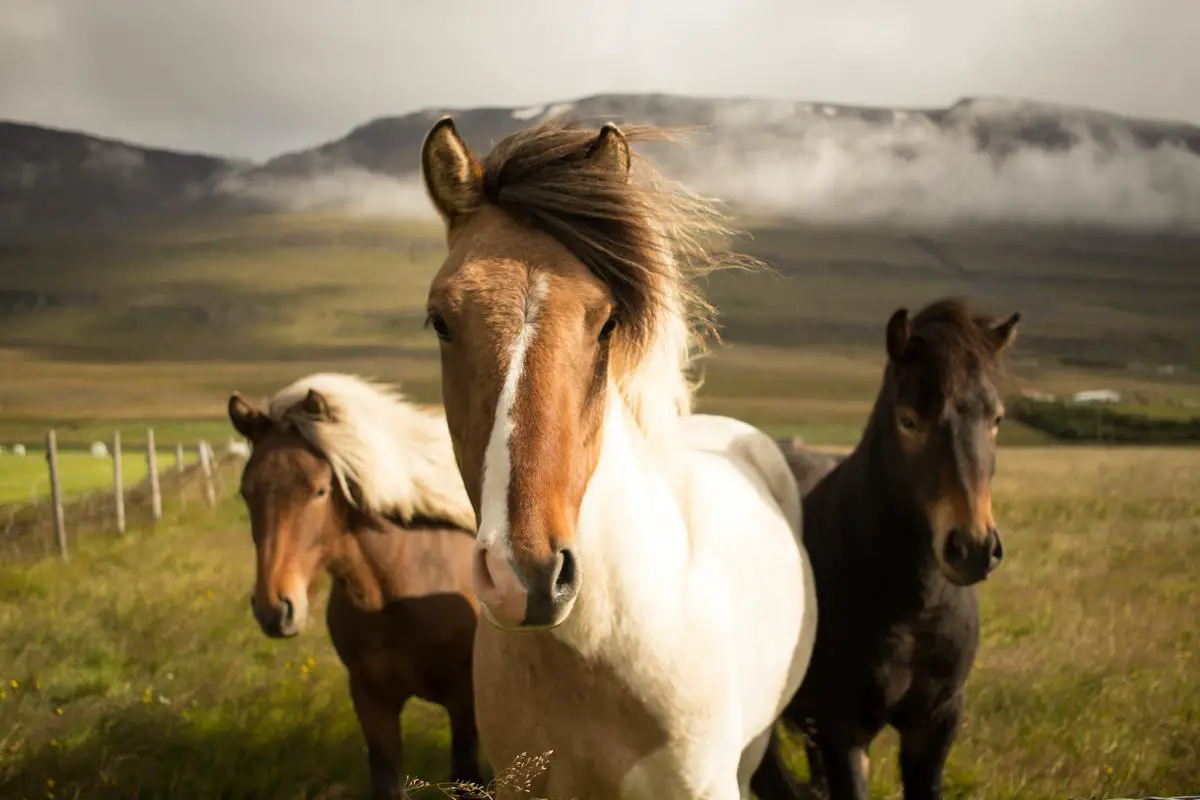
Hungarian Horse Breeds
Historical Significance of Horse Breeding in Hungary
Horse breeding in Hungary is steeped in a rich history that spans over a millennium, rooted firmly in the nation’s equestrian culture. The founding Magyar tribe of Hungary, who were renowned horsemen, laid the groundwork for this tradition. They bred superior quality horses for a wide array of uses, starting from warfare to agriculture.
Recognized Hungarian Horse Breeds
Several horse breeds are native to Hungary, most notably, the Hungarian Warmblood and the Shagya Arabian. Each breed exhibits unique physical and behavioral characteristics that have been fine-tuned over generations.
Hungarian Warmblood: A Versatile Performer
The Hungarian Warmblood, also known as the Hungarian Sport Horse, is a relatively modern breed that has been selectively bred for its athleticism and versatility. They are typically between 15.2 and 17 hands high, characterized by a powerful build and strong limbs. Colors range from bay, chestnut, gray, and black, and the breed features a well-proportioned head, a long neck, and large expressive eyes.
Known for their intelligent and eager-to-please temperament, Hungarian Warmbloods excel in several equestrian disciplines, including dressage, show jumping, and eventing. They demonstrate agility, endurance, and a cooperative nature, making them a popular choice among competitive riders.
Shagya Arabian: Grace, Endurance, and Loyalty
The Shagya Arabian, a distinct breed developed primarily at the Hungarian state stud of Babolna, retains the grace, endurance, and loyalty of the Arabian breed with added size, bone, and rideability. Standing between 15.2 and 16.2 hands high, these horses display a noble and expressive head, a medium-length neck, well-sprung ribs, and strong, dry legs.
This breed is well-regarded for its extraordinary performance in endurance riding due to its stamina and resilience. Add to that, the Shagya Arabian possesses a noble and calm disposition making them not just successful sport horses but also trusted companions.
Uniqueness of Hungarian Horse Breeds
Hungarian horse breeds stand out due to their versatility and adaptability. Centuries of selective breeding have ensured they retain an intimate blend of power, endurance, willingness to work, and sound temperament. With their natural grace and physical prowess, Hungarian horses are a popular choice for various equestrian sports, including dressage, jumping, and endurance riding.
Furthermore, the country’s commitment to maintaining purity and quality in horse breeding remains a cornerstone. The Hungarian government, in collaboration with breed organizations, ensures strict guidelines for breeding programs.
The Role of Hungarian State Stud Farms
Hungary’s state stud farms play a critical role in maintaining the heritage and improvement of native horse breeds. Institutions like Babolna, Mezohegyes, and Kisber have become symbols of Hungary’s horse breeding tradition. These farms not only serve as breeding and training centers but also as international showcases for Hungarian horse breeds.
The world of Hungarian horse breeding is both diverse and dynamic, boasting a myriad of celebrated breeds like the powerful Hungarian Warmblood and the tenacious Shagya Arabian. The versatility and adaptability of these equine athletes establish a promising future for Hungary’s equestrian traditions, with these breeds persistently gaining elevated status and recognition in international horse breeding circles.
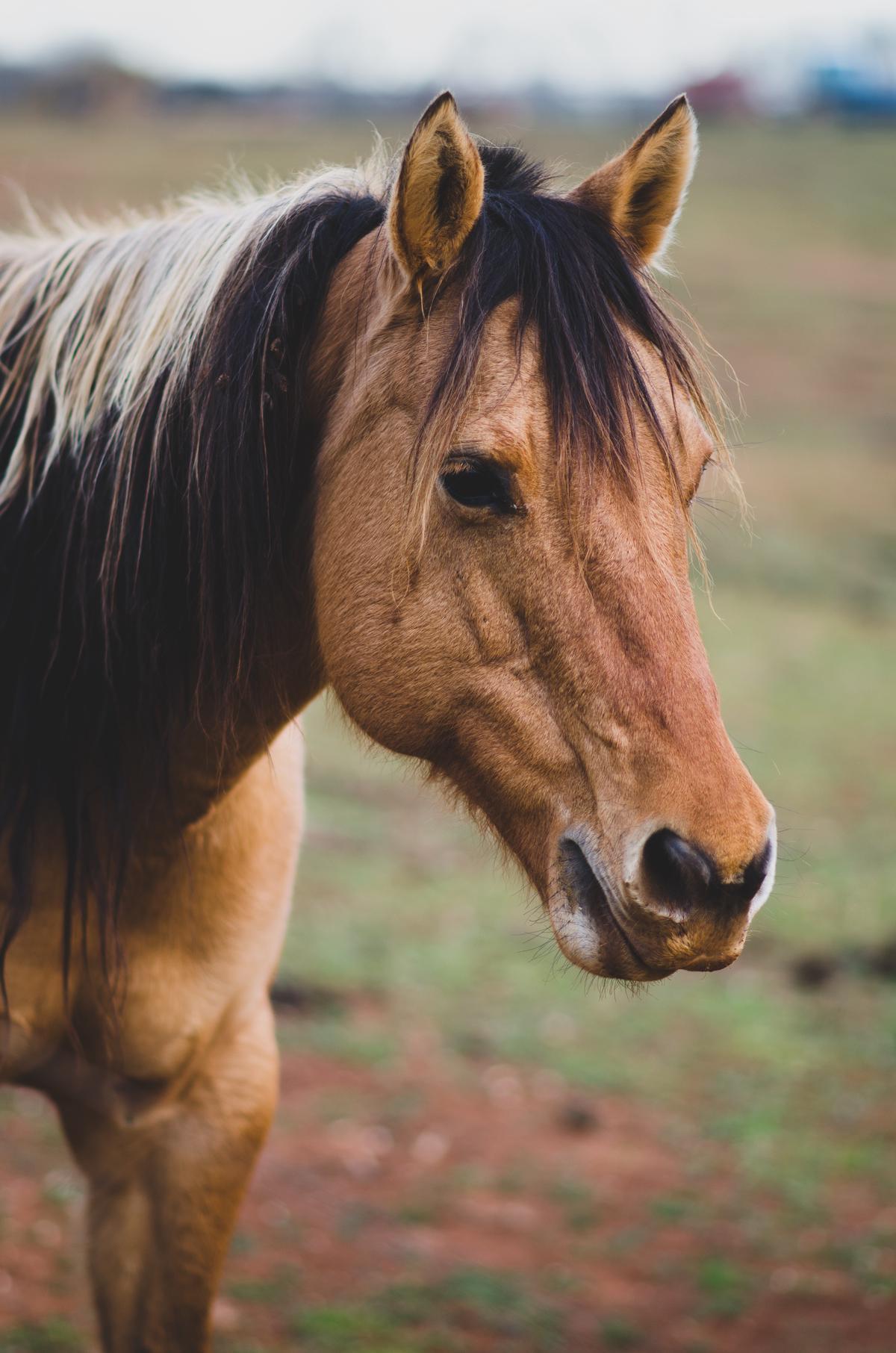
Photo by sethlfink on Unsplash
Breeding Techniques and Practices
Unveiling Hungarian Horse Breeding: A Blend of Time-tested and Cutting-edge Practices
In Hungary, horse breeding amalgamates time-honored techniques and contemporary scientific approach. Selection of pairings ordinarily revolves around critical traits such as speed, physical build, muscular strength, and endurance. Horse breeding typically occurs in late spring or early summer, corresponding with comfortable weather conditions. After an average gestation period of about 11 months, a mare welcomes a foal into the world. Veterinary professionals and horse specialists are usually integral to the process, closely overseeing the health and growth of both the mare and her foal.
The Role of Breeding Farms
Breeding farms play a vital role in this industry. They provide the necessary facilities for horses to mate and for mares to foal in a controlled and safe environment. In Hungary, notable studs like Bábolna and Mezőhegyes have contributed greatly to the quality of local horse breeds. Apart from providing facilities, these stud farms also contribute to research on equine health, reproduction, and genetics.
Genetic Selection in Improving Horse Breeds
Genetic selection is a key tool in improving Hungarian horse breeds. Breeders generally aim to enhance specific traits in potential progeny through selective mating. Genetic variation is usually analyzed by studying pedigrees and horse performance data. Additionally, genetic testing is often utilized to identify and avoid certain inheritable diseases, ensure genetic diversity, and improve the overall vitality of breeds.
Addressing Challenges in Horse Breeding
Breeders may face various challenges, like maintaining genetic diversity, ensuring the health of the mare and foal, and dealing with uncertain weather conditions. To address these, breeders implement strategies like proper herd management, meticulous health care programs, and adaptation to climate change. For instance, they maintain the genetic diversity of herds by avoiding too much inbreeding and by sometimes introducing outside bloodlines.
The Proud Legacy of Hungarian Horses and Future Prospects
The Hungarian horse breeds have left an indelible imprint in the equestrian world. Breeds such as the Hungarian Warmblood, Hungarian Sport Horse, and the Shagya Arabian are internationally recognized for their agility, endurance, and versatility. To sustain this legacy, continual attention is paid to improving the breeding processes for these horses by incorporating scientific advancements and respecting traditional knowledge. Today, Hungarian breeders, by balancing tradition and innovation, are passionately taking forward this centuries-old craft.
Appreciation for Hungarian Horse Breeding Practices
The methods and techniques used in Hungarian horse breeding are appreciated globally. Not only do these practices preserve traditional equine culture, but they also facilitate the production of high-quality horses that are competitive in various fields such as racing, show jumping, and dressage. As such, the Hungarian horse business holds high regard in the global equine industry.
Research and Development in Hungarian Horse Breeding
Considerable efforts are being made in research and development pertinent to Hungarian horse breeding. These focuses range from genetic manipulation and reproductive technologies to equine health and nutrition. The motive behind such vigorous research is multifold: while the intention is to uphold the unique qualities of Hungarian breeds, simultaneous attempts are made to augment certain attributes that can advance their performance.
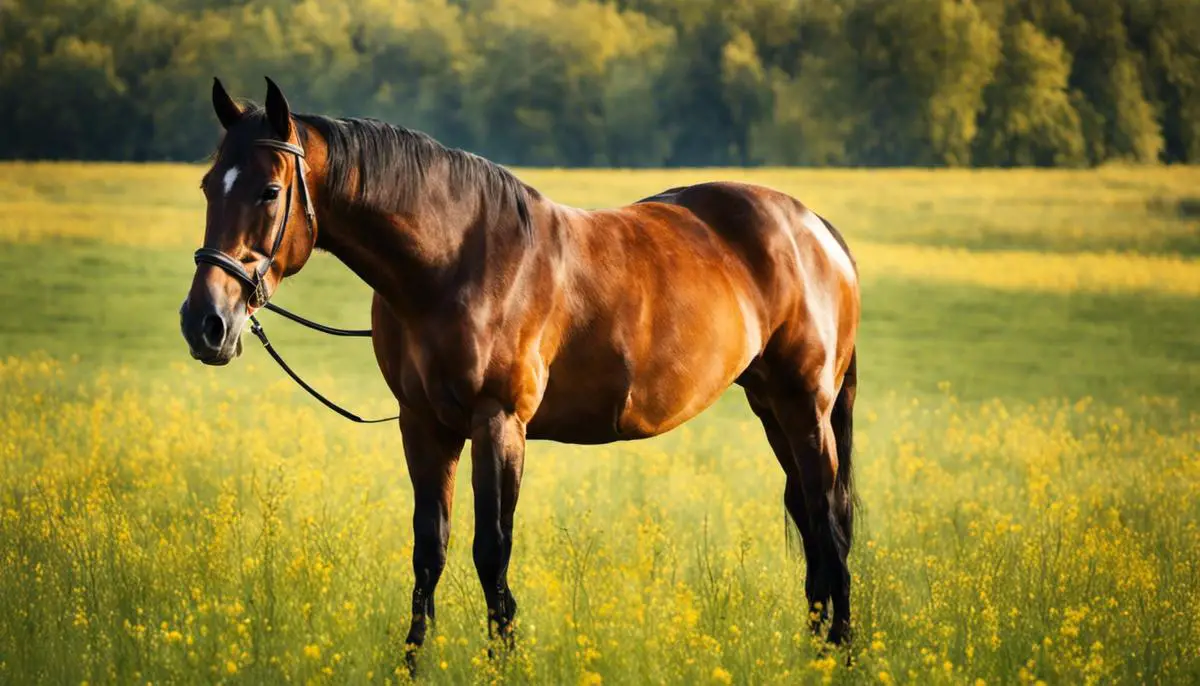
The Role of Horses in Hungarian Society and Culture
The Deeply Rooted Importance of Horses in Hungarian Culture
Looking back in history, Hungary’s equestrian culture can be traced to the 9th century Magyar tribes who heavily relied on horses during their migration to the Carpathian Basin. Sizeable contributions of horses to warfare and daily livelihood during those times ignited Hungary’s profound horse breeding tradition. Today, horses still carry a symbolic weight of national pride and cultural heritage in Hungary.
Over the years, various distinct Hungarian breeds like the Nonius and the Hungarian Warmblood came into existence, acclaimed for their swiftness, endurance, and adaptability. Furthermore, the Hortobágy National Park, endorsed as a UNESCO World Heritage Site, is famous for its captivating ‘Puszta Five’ horse show. This traditional show is an ode to the historic local ranchers and horse herdsmen who depended on these sturdy horses for myriad agricultural purposes.
Horses in Hungarian Cultural Festivities
Horses have awarded a significant place in cultural festivities. A notable event is the Hungarian National Gallop held in Budapest, where riders wearing traditional uniforms race horses down Andrássy Avenue, binding together equestrian sport and historical folklore. The Busójárás festival in Mohács also features horse-drawn wagons, symbolizing the arrival of spring and renewal. These festivals are immense tourist attractions and reinforce the shared cultural respect for horses and horse breeding.
Significance of Horses in Agriculture, Sports, and Tourism
In agriculture, horses continue to play a role, particularly in rural areas where traditional practices persist. This is especially seen in Hortobágy, where the famed Hungarian Grey Cattle are herded by horse-riding shepherds.
Horses make a significant contribution to Hungarian sports through horse racing and equestrian events. Notably, Hungary hosts the Nemzeti Vágta (National Gallop), a prestigious horse racing event where riders participate in traditional costumes, displaying their superior equestrian skills.
For tourism, horses offer divers and unique experiences, from the spectacle of horse shows to the tranquility of horse riding along the Danube River. Equestrian tourism is increasingly popular, with tourists seeking to experience the renowned Hungarian horsemanship firsthand.
Cultural Respect for Horse Breeding and Breeders
In Hungary, horse breeding and breeders are held in high cultural respect. The art and science of horse breeding are highly regarded, with breeders seen as custodians of the equestrian heritage. The quality of Hungarian breeds is internationally recognized, earning the breeders significant prestige in global horse breeding circles.
Hungarians value and protect their equestrian legacy through dedicated breeding programs and equestrian training schools. Institutions such as the Hungarian Horse Breeding Association work tirelessly to maintain the quality of native Hungarian breeds while innovating to create high-performance sport horses. The breeding program emphasizes genetic diversity, robust health, and the characteristic endurance and versatility of Hungarian breeds.
Horses: The Heart of Hungarian Identity
Playing a significant socio-cultural and economic role, horses indisputably form the core of Hungary’s identity. They are deeply engrained in Hungarian history, beginning with their integral role in the nation’s historic migration. Today, these proud animals continue to hold prominence in sectors such as agriculture, sport, and tourism. But perhaps most notably, they are at the center of the highly esteemed Hungarian practice of horse breeding.
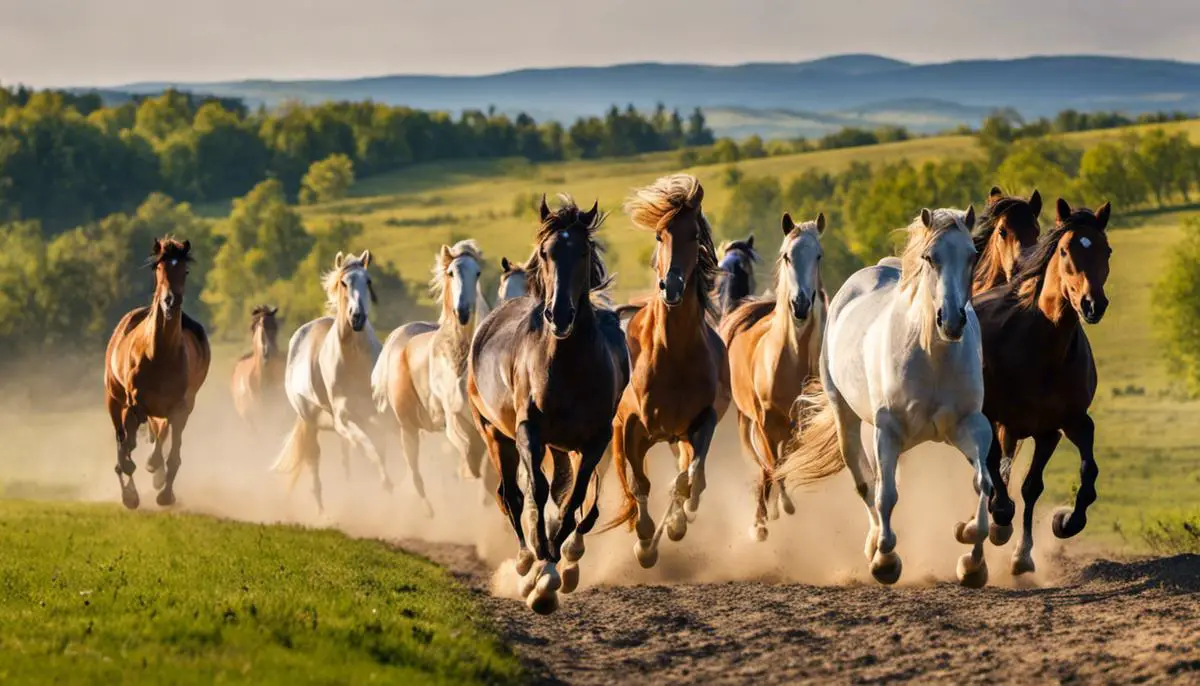
The Future and Sustainability of Hungarian Horse Breeding
Hungary’s Ancient Tradition and Current Trends in Horse Breeding
With a legacy steeped in rich traditions and ancient practices, horse breeding in Hungary is as much a science as it is an art. The industry today puts strong emphasis on preserving native breeds, including the Hungarian Warmblood, Nonius, Furioso-North Star, and Gidran. Conservation breeding is widely practiced, ensuring the maintenance and enhancement of genetic diversity within these breeds. As horse racing remains a prominent sport in the country, Thoroughbred breeding is still notably observed. Meanwhile, the demand for high-quality sport horses for dressage, eventing, and show jumping sees Hungarian breeders placing significant focus on sport horse breeding.
Measures for Breed Conservation
In Hungary, there is a significant drive to conserve native breeds. The Hungarian equine sector relies on institutional and legislative frameworks that define the rules for the selection, breeding, and trading of horses. The Hungarian Horse Breeding Association has initiated numerous efforts to implement strict breeding control, including regulatory and licensing procedures for horses involved in breeding activities.
In addition, the association actively promotes genetic diversity within each breed to avoid inbreeding depression. They also maintain accurate records of all Hungarian horse breeds, which are essential for the proper management and evaluation of conservation initiatives.
Initiatives Aimed at Advancing Horse Breeding
There are various initiatives in place that aim to advance horse breeding, led by both governmental and non-governmental organizations. These include subsidies and financial incentives for breeders who keep and breed native horses, and the development and implementation of advanced breeding management and health monitoring techniques. Additionally, research is ongoing in genetics and veterinary medicine to improve the quality and sustainability of Hungarian breeds.
The frequent hosting of national and international horse shows, exhibitions, and competitions promote the visibility of Hungarian horses and showcases the success of domestic breeding efforts.
Challenges and Future Possibilities
Despite the efforts made, horse breeding in Hungary faces several challenges. Economic difficulties, the aging population of breeders, lack of interest in equestrian activities among younger generations, and increasingly strict EU regulations pose significant challenges. However, future possibilities are unbounded with advancements in genetic research and veterinary medicine. Implementing sustainable breeding practices and capitalizing on the potential of native breeds could open new markets and opportunities for Hungarian horses, both at home and abroad.
Sustainable Breeding Practices
Sustainable horse breeding practices are taking center stage in Hungary, with an emphasis on maintaining the genetic diversity of breeds and ensuring their long-term viability. This approach involves controlled breeding to maintain the health and diversity of species, commitment towards excellent animal welfare standards, and responsible resource management. It is expected that these practices, coupled with ongoing research and innovations in related fields, will guide the future of horse breeding in Hungary. Ultimately, challenges and opportunities lie ahead, but with careful management and forward-thinking strategies, Hungarian horse breeding is poised to adapt, evolve, and thrive.
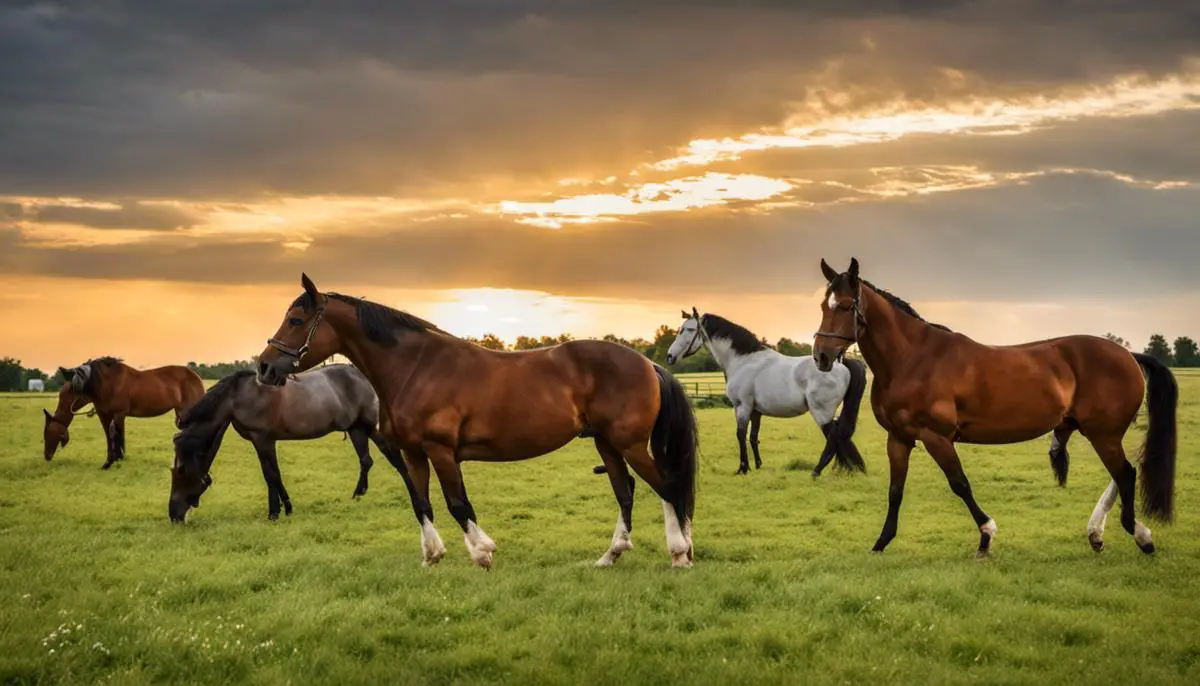
As we disembark from our comprehensive survey, the resilience and innovation within the Hungarian horse breeding industry stand apparent. The fusion of tradition and technology, against the backdrop of evolving societal landscapes, continues to shape this influential sector. Despite the myriad challenges, a promising vista unfolds, characterized by breed conservation efforts and sustainable practices. The reverence for horses in Hungary’s society primes the country to lead in ushering a new epoch of horse breeding, wherein the age-old tradition will be infused with modern advancements for a more sustainable future. The galloping sounds on the Hungarian plains will thus continue, narrating the tale of a captivating dance between mankind and equine, continually evolving, yet eternally rooted in the nation’s rich heritage.

